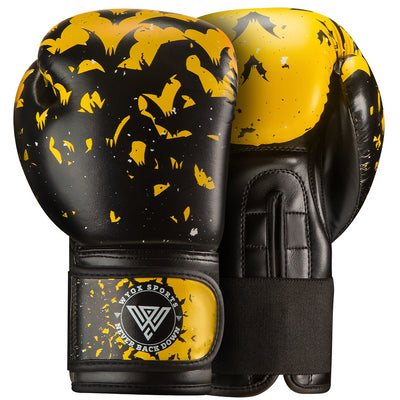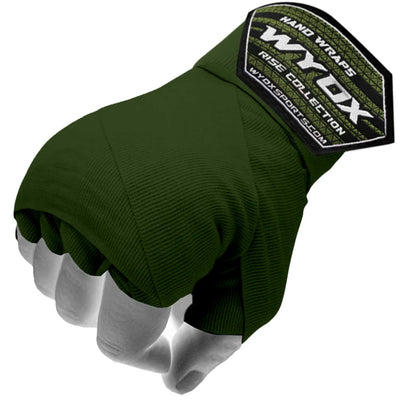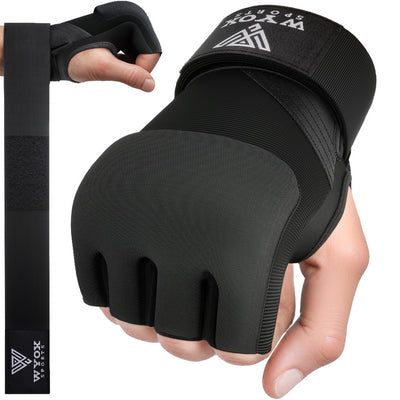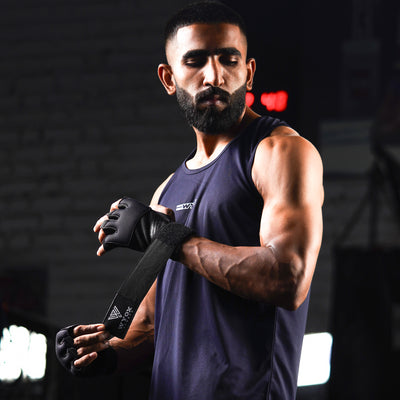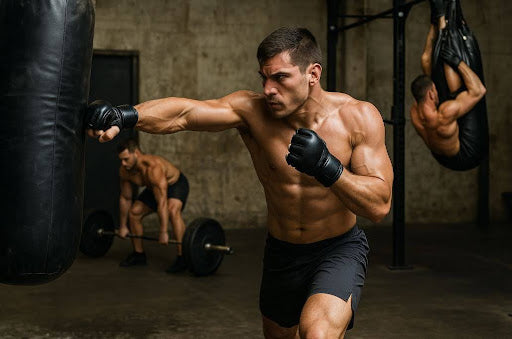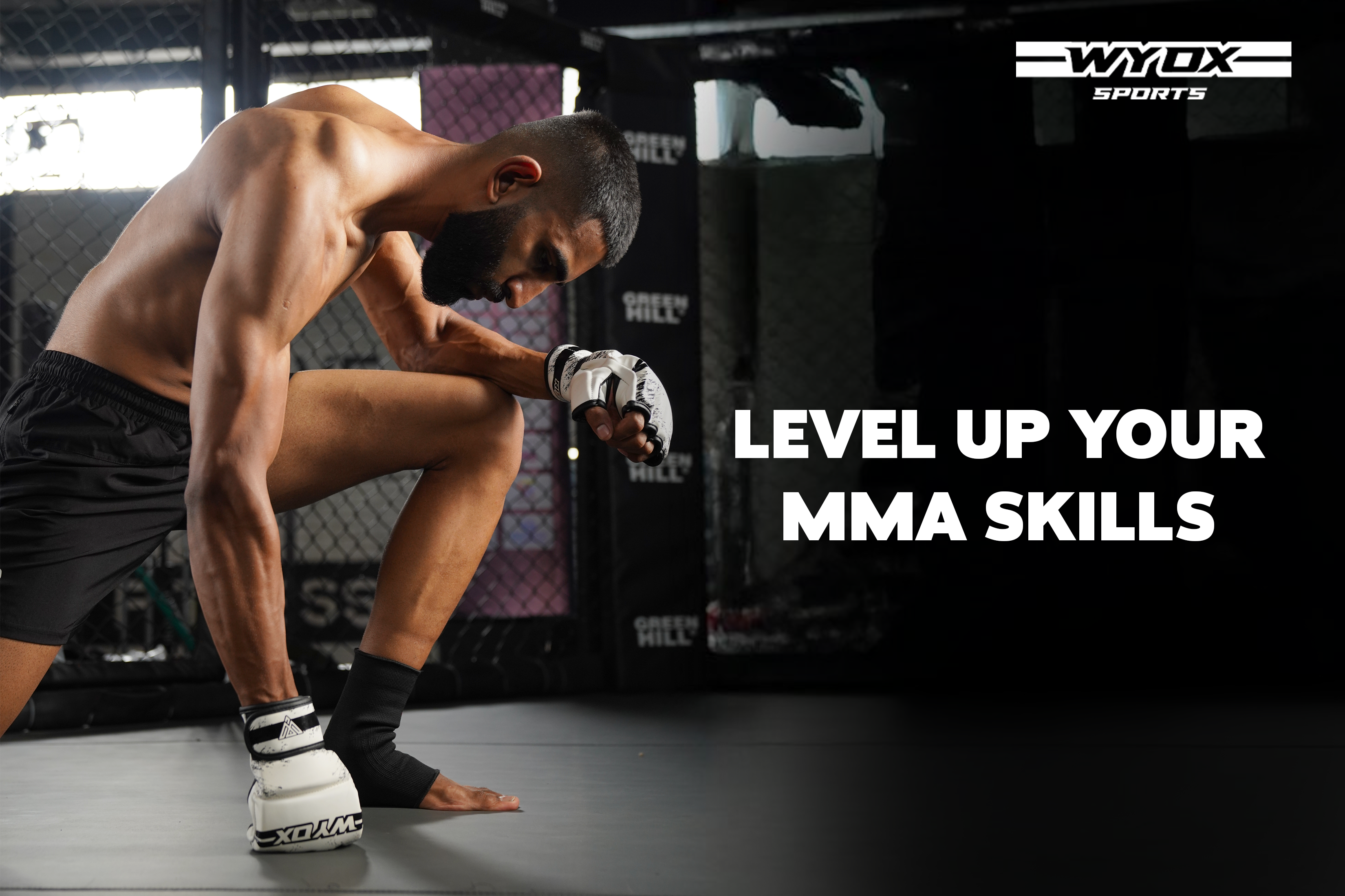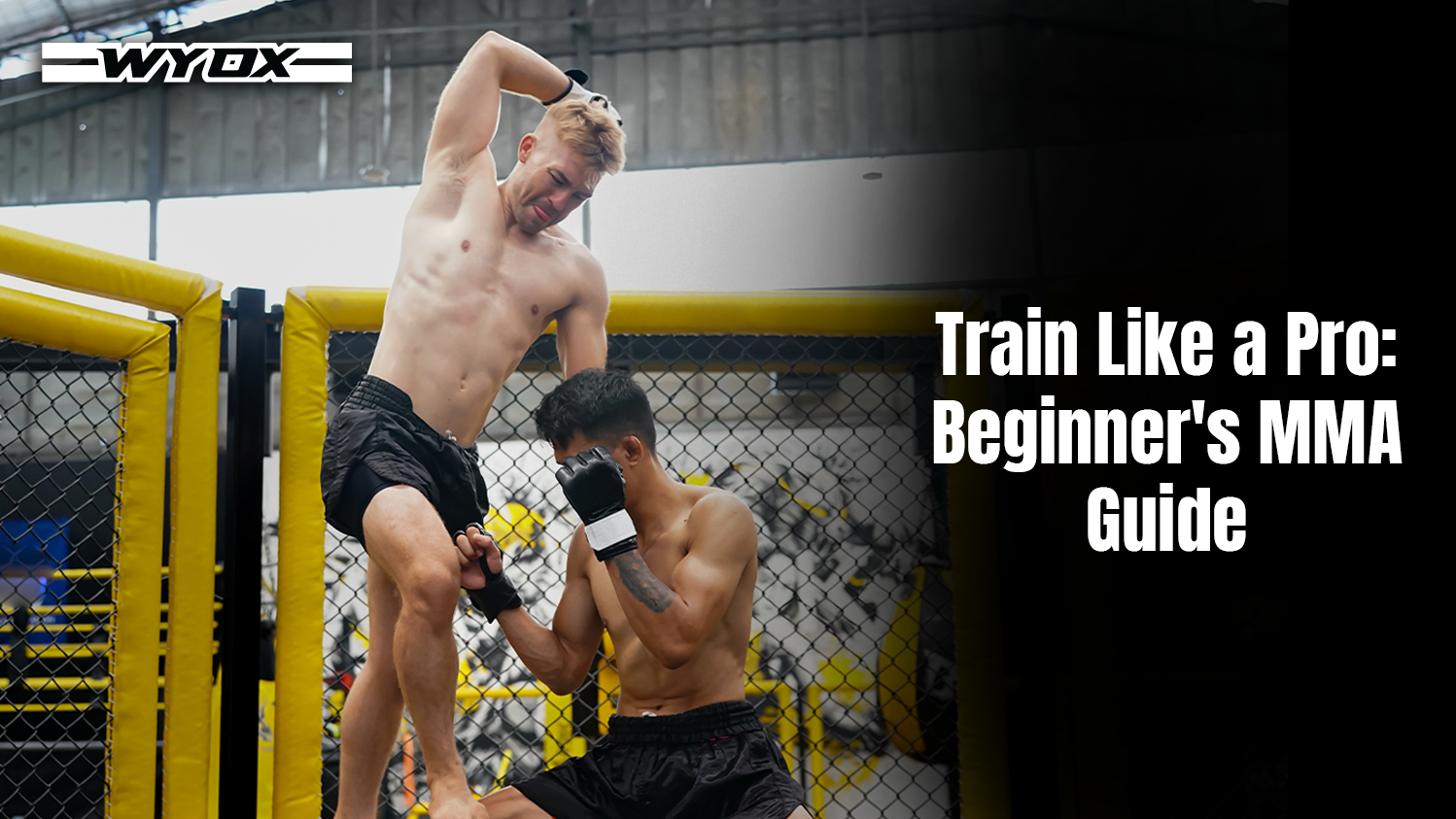Introduction
In mixed martial arts (MMA), skill and strategy are essential — but strength is the foundation that allows fighters to apply those skills effectively. It’s not just about lifting heavy weights or building big muscles. Strength training for MMA is about creating explosive power, improving resilience, and ensuring that your body can handle the demands of grappling, striking, and long fights inside the cage.
This article breaks down why strength training is vital for MMA fighters, which types of strength training are most effective, which exercises deliver the best results, and how to structure training around fight preparation.
Why Strength Training Changes the Game in MMA
Strength is the base for all physical attributes. Without strength, speed, and explosiveness, there is no foundation. Here’s why innovative strength training is a game-changer for MMA fighters:
-
Powerful strikes: Strong legs, hips, and core generate knockout punches and kicks. Every roundhouse kick or overhand proper starts with force production in the lower body.
-
Grappling dominance: A strong back, grip, and posterior chain make double-leg takedowns more explosive, help secure clinch control against the cage, and provide leverage in ground-and-pound situations.
-
Submission defense and escapes: Strength in the posterior chain and core improves the ability to resist armbars, choke attempts, and other submissions.
-
Injury prevention: Well-developed muscles and connective tissues reduce the risk of strains and joint injuries that are common during sprawls, scrambles, and throws.
-
Better endurance: A strong body uses energy more efficiently, which means lasting longer through multiple rounds without losing the ability to push, pull, and strike with force.
In other words: technical mastery of striking, grappling, and submissions may win fights — but it is strength training that ensures you can perform those fight-specific skills at full intensity, round after round.
Strength in MMA vs. Strength in the Gym
There’s a big difference between being “gym strong” and “fight strong.” Traditional bodybuilding routines often focus on aesthetics, isolation, and high-volume work. MMA fighters need a different approach:
-
Functional strength that carries over into clinches, takedowns, and submissions.
-
Explosive power to move quickly and decisively.
-
Endurance of strength — because fights often last multiple rounds, and you need to maintain force output under fatigue.
In short, MMA strength training isn’t about biceps curls in front of a mirror. It’s about compound movements, explosive lifts, and functional conditioning that mimics the demands of a real fight.
Key Types of Strength for MMA Fighters
Strength isn’t a single quality — it takes on different forms depending on the demands of the sport. In MMA, fighters need more than just raw power; they require a combination of explosiveness, bodyweight control, endurance, and rotational strength to execute fight-specific skills. From delivering knockout punches to defending takedowns, each type of strength plays a unique role. Let’s break down the most important ones:
-
Explosive Strength. Knockout punches and explosive takedowns come from the ability to generate maximum force quickly. Olympic lifts, plyometrics, and medicine ball throws are key here.
-
Relative Strength. In combat sports, it’s not about how much you bench press — it’s about how strong you are compared to your body weight. Pull-ups, weighted dips, and single-leg work help develop this crucial quality.
-
Strength Endurance. The ability to keep applying force over time is essential. Circuit-style training and moderate-rep compound lifts improve this.
-
Rotational and Core Strength. Every strike, kick, and sprawl involves rotation. Landmine twists, Pallof presses, and weighted carries build the rotational power needed for real fight performance.
Best Exercises for MMA Strength
The core of an MMA strength program should be built around compound lifts and functional movements. Here are the essentials:
-
Deadlift (and variations): Builds raw strength in the posterior chain.
-
Squat (back/front): Foundation of lower-body strength and explosiveness.
-
Bench press & overhead press: Upper body pushing strength for punches and clinch control.
-
Pull-ups & barbell rows: Grappling strength and back development.
-
Kettlebell swings & medicine ball slams: Explosiveness and hip drive.
-
Landmine rotations, Pallof press: Core stability and rotational power.
-
Farmer’s carries: Grip strength and total-body stability.
-
Neck training: Vital for absorbing strikes and preventing concussions.
Detailed descriptions and tutorials for these exercises are available in the bodybuilding exercise directory.
Example Weekly Strength Plan for MMA Fighters
Here’s a practical 3-day template designed to complement technical MMA training and sparring.
Day 1 – Lower Body + Core
-
Back Squat – 4 sets of 5 reps
-
Romanian Deadlift – 4 sets of 6 reps
-
Walking Lunges – 3 sets of 10 reps each leg
-
Landmine Rotations – 3 sets of 12 reps each side
-
Hanging Leg Raises – 3 sets of 15 reps
Day 2 – Upper Body Push & Pull
-
Bench Press – 4 sets of 5 reps
-
Pull-Ups (weighted if possible) – 4 sets of 6–8 reps
-
Overhead Press – 3 sets of 6 reps
-
Barbell Row – 4 sets of 8 reps
-
Face Pulls – 3 sets of 12–15 reps
Day 3 – Explosiveness & Conditioning
-
Power Clean – 5 sets of 3 reps
-
Kettlebell Swings – 4 sets of 12 reps
-
Medicine Ball Slams – 4 sets of 10 reps
-
Farmer’s Carries – 4 rounds of 30–40 meters
-
Sled Push or Battle Ropes – 4 rounds of 20–30 seconds
Note: Volume and intensity should be adjusted based on sparring and technical MMA workload. Quality of movement and recovery matter more than piling on sets.
Common Mistakes Fighters Make in Strength Training
Even the most dedicated fighters sometimes sabotage their progress in the gym. The problem isn’t usually a lack of effort — it’s misdirected effort.
When strength training isn’t tailored to the unique demands of combat sports, it can waste energy, slow progress, or even increase the risk of injury.
Here are the most common mistakes and how to avoid them:
-
Doing bodybuilding routines or chasing muscle size instead of fight-specific strength. Fix it: Focus on compound lifts, explosive training, and functional movements that carry over into grappling and striking. Think squats, deadlifts, cleans, and carries — not endless curls.
-
Ignoring mobility and core work leads to stiffness and a higher risk of injury. Fix it: Dedicate at least 10–15 minutes of every session to mobility drills, dynamic stretching, and core stability work. Landmine rotations, Pallof presses, and hip openers should be staples.
-
Overtraining. Too many heavy gym sessions on top of sparring and technical practice burn fighters out. Fix it: Strength training should support fight training, not compete with it. Stick to 2–3 well-structured sessions per week, adjust volume based on sparring load, and prioritize recovery.
-
Lack of periodization. Training the same way year-round with no regard for fight camp phases. Fix it: Build strength in the off-season, shift to power and explosiveness mid-camp, and taper down volume during fight week. Plan your year so your peak lines up with fight night.
Mobility, Recovery, and Injury Prevention
Strength without mobility is a recipe for disaster in MMA. Fighters need hips that open, shoulders that rotate, and spines that stabilize under pressure. Add these habits:
-
Dynamic warm-ups before training (leg swings, hip openers, banded shoulder mobility).
-
Foam rolling and soft tissue work for recovery.
-
Glute and core activation drills to stabilize the body during grappling and striking.
-
Sleep, hydration, and nutrition — the “invisible training” that supports everything else.
Strength Training During Fight Camp and Fight Week
As fight night approaches, strength training has to adapt:
-
Early fight camp: Higher loads, building strength and power.
-
Mid camp: Balanced with skill and sparring sessions, slightly reduced gym volume.
-
Fight week: Low-volume, explosive movements only (medicine ball throws, jumps, speed lifts). The goal is freshness, not fatigue.
Nutrition and Supplementation for Strength and Recovery
Strength is built in the gym but maintained through smart nutrition. MMA fighters burn huge amounts of energy, and recovery is just as important as training.
-
Protein intake is crucial. Whey protein is the most practical option post-training since it digests quickly and helps muscle recovery.
-
Creatine monohydrate is one of the most researched supplements and can increase explosive power, strength endurance, and recovery between rounds.
-
Omega-3 fatty acids reduce inflammation and support joint health.
-
Electrolytes help maintain hydration during intense sessions.
-
Whole foods — lean meats, fish, eggs, fruits, vegetables, and complex carbs — remain the base of a fighter’s diet. Supplements are just the finishing touch.
Conclusion
Strength training isn’t optional for MMA fighters — it’s the backbone of performance. A well-designed program builds explosive power, protects against injuries, and ensures that a fighter can keep performing round after round.
If you’re an MMA fighter, don’t fall into the trap of thinking technique alone is enough. Pair your skills with a structured strength program, fuel your body with the proper nutrition, and you’ll be stronger, faster, and more resilient in the cage.
Remember: the fighter who combines skill with strength is the one who controls the fight.

